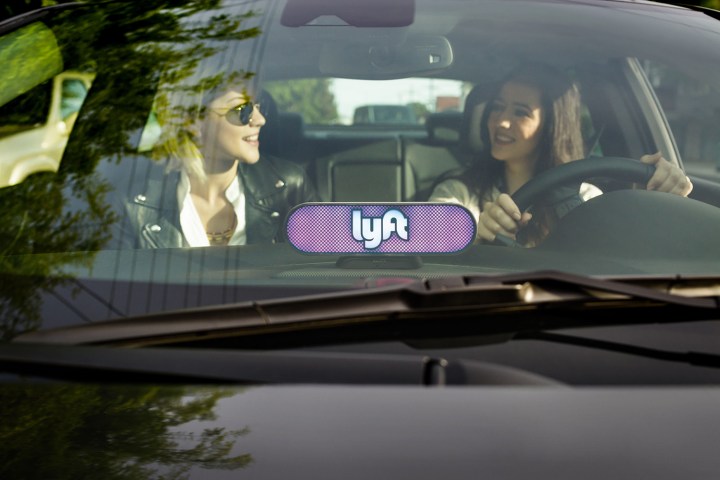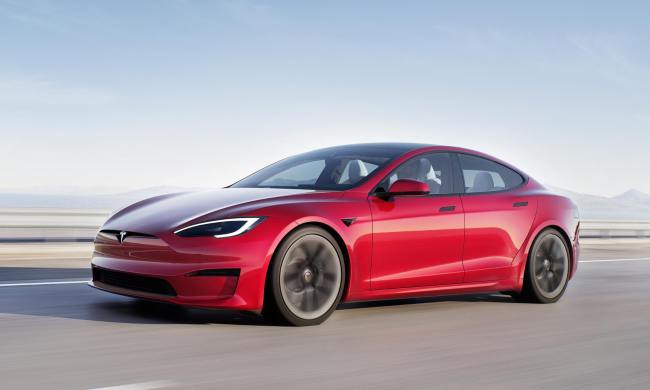
“We aren’t thinking of our self-driving division as a side project. It’s core to our business,” Luc Vincent, vice president of autonomous technology at Lyft, wrote in a blog post. “That’s why 10 percent of our engineers are already focused on developing self-driving technology — and we’ll continue to grow that team in the months ahead.”
This is by no means Lyft’s first foray into the self-driving space. Earlier in 2017, the company created the world’s first open self-driving platform. Heralded as “the most efficient way to bring your autonomous technology to market,” this platform set the tone for the kind of approach Lyft has taken in terms of autonomous tech. Whereas its primary rival Uber largely works on its own when it comes to self-driving practices, Lyft has been more than happy to collaborate.
“We want to bring the whole industry together with this, and we think there’s a unique opportunity in time right now for Lyft to become a leader while doing it,” said Raj Kapoor, Lyft’s chief strategy officer, as reported in the New York Times.
And it certainly seems as though there are plenty of takers when it comes to Lyft’s offer of collaboration. Partners that have already signed on to work alongside the company include Waymo, NuTonomy, Jaguar, Land Rover, and General Motors. And while we don’t know much about the terms of these partnerships, they’re all dedicated to working alongside one another to make self-driving cars the cars of the future.
But don’t worry — Lyft assures its riders that it will “always operate a hybrid network, with rides from both human-driven and self-driving cars.” Ultimately, Lyft says that it hopes to usher in a new generation in which self-driving cars make for cheaper and more efficient transportation.


